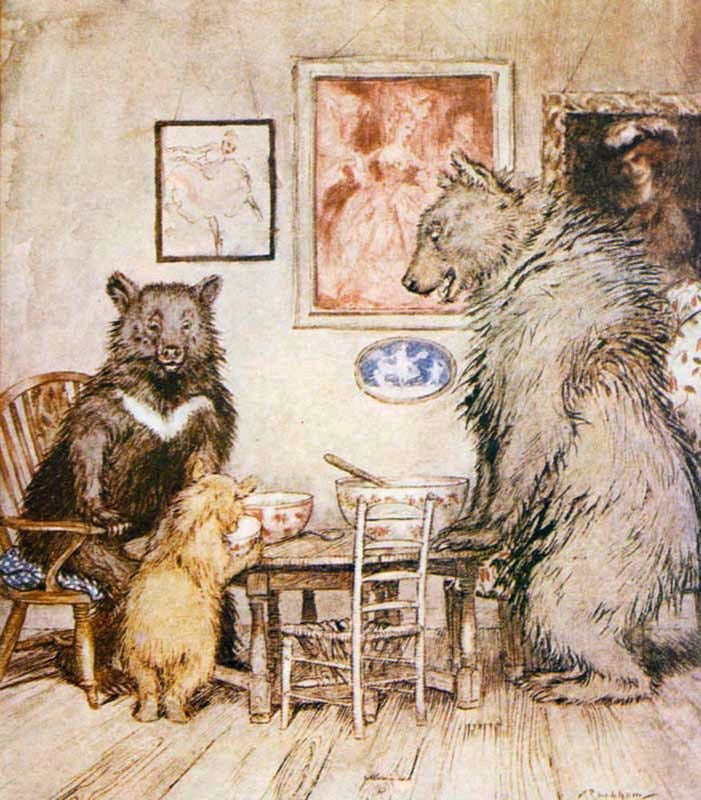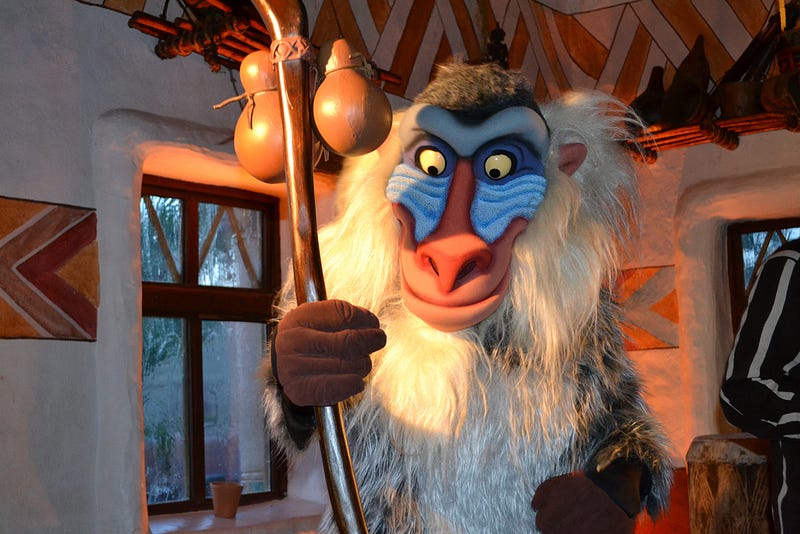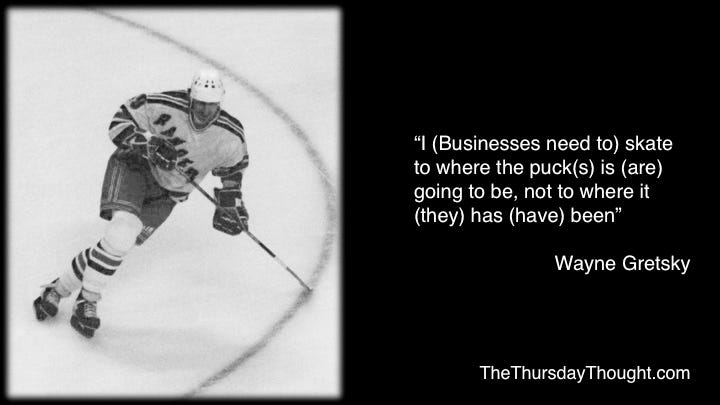
In Greek mythology Cassandra was one of the princesses of Troy.
The God Apollo gave her the power of prophecy in order to seduce her.
When Cassandra denied his advances, Apollo cursed her. Her curse was that no one would believe her predictions, including her prediction of the burning of Troy.
As you can imagine this gift brought her constant frustration and despair.
Cassandras
Visioning is a term anyone working in change management will be familiar with. Visioning is foreseeing potential future directions for an organisation.
The biggest challenge with visioning is achieving an agreed-upon, shared vision for an organisation. This is due to a plethora of reasons including a lack of commitment to the vision by members of the organisation. Apart from being satisfied with the status quo, it can often be because the vision of the future does not match future reality as they see it.
Supporters of the new vision are called “Cassandras”, those who are able to see what is going to happen, but not believed.
One of the worlds most celebrated billionaires Warren Buffett repeatedly warned that the 1990s stock market surge was a bubble. This is why he is known as the “Wall Street Cassandra’”.
Corporate Visioning
Some senior executives don’t see corporate planning as a function of their roles.
With this mindset, they regard planning as something outsourced to consultants and/or managed by lower level managers in the company.
Often times, the senior executives don’t participate in the planning process at all, except to attend a final presentation. This is usually done as a lunchtime meeting to avoid disrupting anyone’s day from the perceived real work of running the company for today’s business.
After the presentation, every attendee gets a copy of the findings and proposed strategy. The strategy papers are then filed away in a desk, never to be seen again until Christmas time when they are thrown in the shredder.
Describing a Spiral Staircase Without Using Your Hands

During a recent interview on the Innovation Show, I spoke to Ireland’s pioneer Cassandra Barry Flanagan. Barry brought the Internet to Ireland by setting up Ireland On-Line in the early 1990’s when no-one knew what he was talking about.
Barry told us trying to explain to people in 1992, that the Internet would mean absolute disruption to their business was like, ”Describing a spiral staircase without using your hands”.
This is often the case for Cassandras. One of the challenges is that there is no context to understand what the Cassandra is talking about.
Barry wrote business plans for Digital Music and e-Learning platforms back in 1992 as he expected the IOL business to flounder, expecting a big corporation to suddenly steam-roll his small operation.
What it Takes for Change to Happen
“Change Only Comes when their Blood Spills” — Carmello Johns (Character, The Purge: Anarchy.)
Unfortunately, it is not until there is pain felt by senior management that a decision is made about the future.
Alternatively, it is not until a competitor creates a disrupting product that businesses take action. In this scenario that action is usually too late.
Telecom Eireann only approached Barry Flanagan when they realised the phone number people were using to access IOL was the second highest revenue generating number in Ireland. This was second only to directory enquiries. Barry’s IOL number was then generating 12% of Telecom Eireann revenue before they even came to engage him and offer support.
Alas, this scenario is not unique. The following examples are but a few.
In 1876, Alexander Graham Bell offered to sell his patents to telegraph company Western Union and was rejected. This led to the Bell Telephone Company, eventually bought by AT&T.
In 2000, Netflix approached Blockbuster and asked for $50 million for the company. In 2013, Blockbuster declared bankruptcy. (More on that in a future Thursday Thought.)
In Google’s early days, Yahoo held repeated talks over buying it, but never closed a deal. In 2007, Yahoo turned down an offer of $44.6 billion from Microsoft. Yahoo was once worth $125 billion. In 2016, Yahoo was sold to Verizon for €4.83 billion.
Who’s Fault is this?
It is what it is! There is no point moaning about it, nor blaming anyone.
From talking to many frustrated Cassandras and having had discussions with innovation consultants, this same problem exists the world over. Surprisingly, it is even this way in a lot of big tech giants, the older they are the worse it can be.
While this is often due to a cultural problem and silo mentality developed over the years, there are some strategies to “position” innovative ideas.
Goldilocks Positioning

I wrote a post a few weeks back on innovation operating systems and working on several concurrent versions of the future. That is a utopian aspiration.
Just as Goldilocks found the porridge that was just right, one should present a version of the future that is not too far advanced, as an idea that is too far advanced will usually fail.
I call this Goldilocks positioning.
Humans have a tendency to reject things that are unfamiliar. Couple this with those people who are threatened by change or a ruffling of the status quo and new ideas will never see the light of day.
Fortunately, there are some strategies that can help.
The Mere-Exposure Effect
The mere-exposure effect is a psychological phenomenon.
Also known as the familiarity principle, it means that people tend to develop a preference for things merely because they are familiar with them.
We need to bear the mere-exposure effect in mind when we are trying to position new ideas for acceptance.
Research shows that exposing people to new ideas more often will make them more receptive to innovation over time.
This is why innovation programmes and innovation funds in companies are a great place to start.
Lion King Lessons

In his book “Originals”, author Adam Grant tells us that when “The Lion King” was pitched to Disney, the producers were initially unimpressed by its dark storyline.
At a later meeting of scriptwriters and Disney executives, CEO Michael Eisner and producer Maureen Donley had an idea.
They decided to give the concept context Disney would understand and highlighted the similarities to Shakespeare’s “King Lear” and “Hamlet”. Once the innovative storyline was anchored to a common point of reference Disney could comprehend and thus, signed it off.
The Lion King went on to win two Golden Globes and was the highest-grossing motion picture of 1994 worldwide.
Anyone in change management and innovation needs to position new ideas beside existing ideas to show their different applications in context.
Sell Features not Specifications
One of the biggest errors people make is that they speak jargon. The more insecure or the weaker they are, the more they disguise their inadequacies with jargon.
You often see salespeople flounder when they attempt to sell complex solutions. This is because they often fail to see what problem their product is solving for a client.
Likewise, a salesperson of complex tech solutions may focus on specifications and not benefits, of course this means nothing to the end client.
iPod: 1,000 songs in your Pocket

Steve Jobs was a master salesman. He was always selling. While competitors would have headlined the spec of the iPod, Jobs was selling the features.
He figured no one would understand what 5 gigabytes would mean, so he made it relatable for people.
During the speech, when the iPod was unveiled, Jobs must have mentioned 1,000 songs at least 20 times. Then, all the marketing and PR collateral said the same thing, every media interview he or any Apple exec did, said the same thing, every employee of Apple, said the same thing, 1,000 Songs in your Pocket.
The innovator should consider this and find a way to make their idea relatable to today’s world and a solution for today’s problems.
Timing
There is not much you can do about timing, if you have an idea too soon and you get carte blanche to pursue it, you should do it.
Supposedly Apple had worked on the iPad before the iPhone even existed, but it wasn’t yet possible to launch it.
In an ideal world, this is like where I talked about the iOS15 team. This is where you have a future project cooking, one that would be considered too far advanced for the business to comprehend.
Meanwhile, you have a more near term project completed, a project which the business will understand and accept today.
The Gretsky Quote Amended (Sorry Wayne)
I leave you this week with the wise words of Hockey Legend Wayne Gretsky, when he was asked what makes a great hockey player.
There is one word of caution for businesses with this quote though, as it is often cited.
There is one word of caution for businesses with this quote though, as this quote is often cited.
The quote suggests one point in the future is the destination (where the puck is going) however, businesses need to be playing with several pucks and skating towards where they all will be in the future. Business need to be aware some of these skates will not work out.

If you liked this post, please hit the heart button below so others might see it.
You may also like The Innovation Show.
On Saturday August 13th we talk to Kevin Flanagan, MD and Digital Strategist of Pivotal and Pivotal Labs.
We also talk to Robert Kelly, CEO and founder of Kong Digital about social, search and display.
Finally, we have a chat with tech solicitor and Trade Mark Agent Brian Conroy about trademarking for startups and some of the pitfalls to avoid.